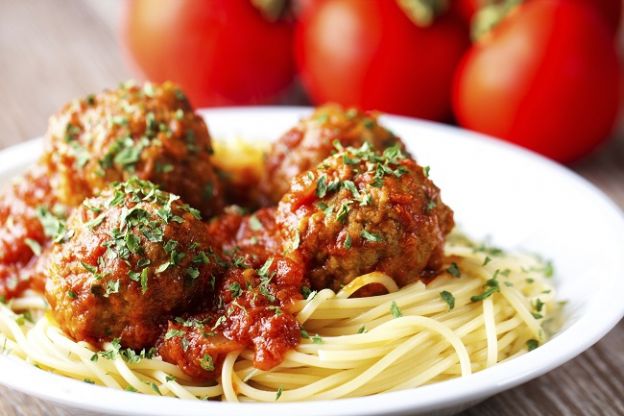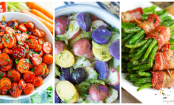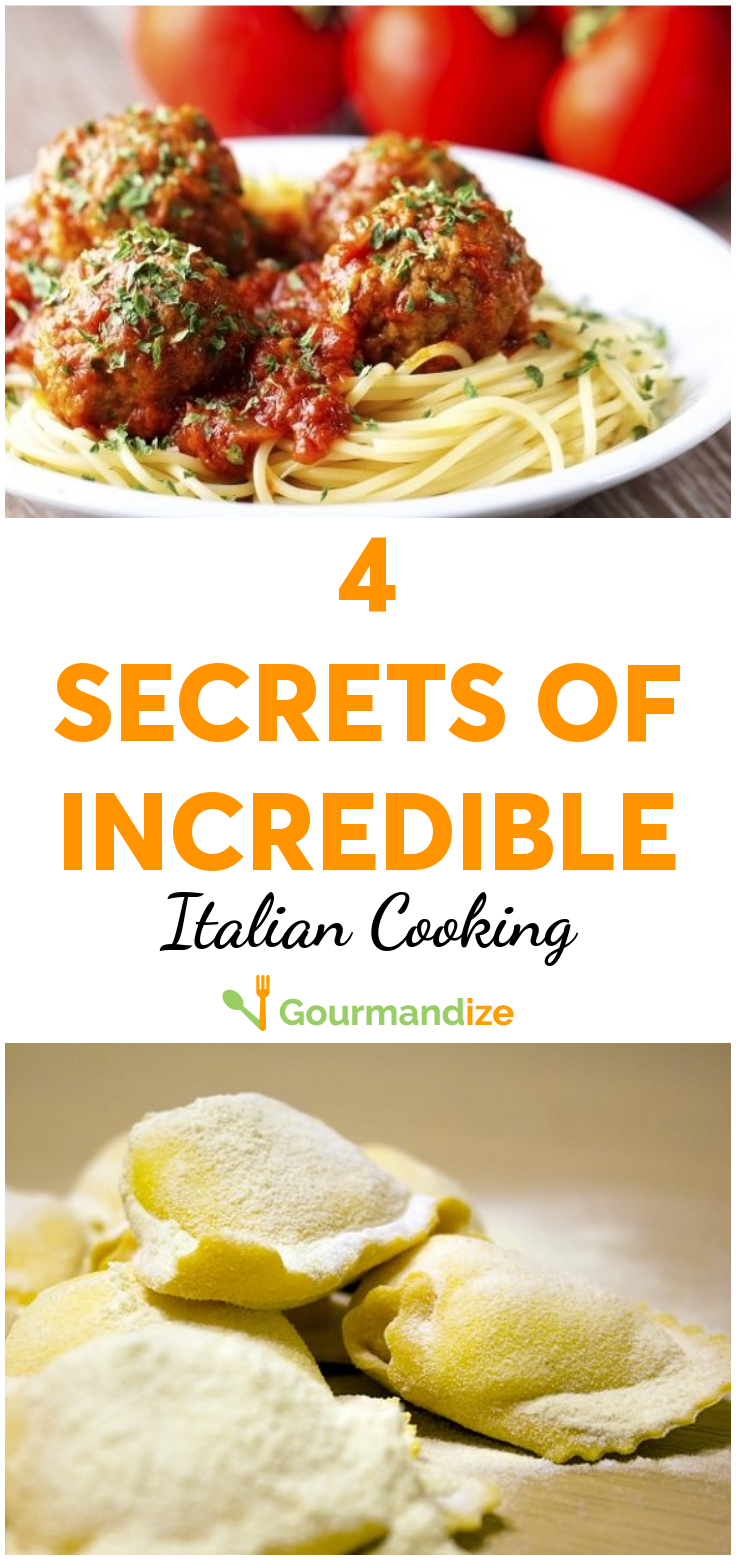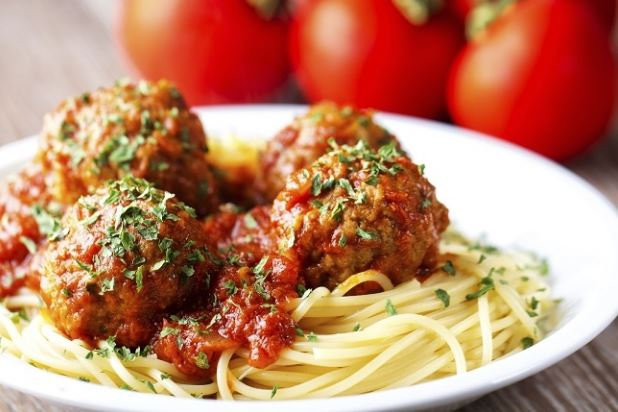4 Secrets to Cooking like a Real Italian
You don't need an Italian nonna in the kitchen to make exquisite pasta.

© Getty Images
simplicity is key
While American versions of Italian food tend to pile up flavors, authentic Italian cuisine is about simplicity. Italian dishes let each ingredient shine. Case in point: these authentic Italian recipes are minimalist when it comes to ingredients but high in flavor.
- Pizza margherita: San Marzano tomatoes, mozzarella cheese, basil, olive oil and salt
- Cacio e Pepe: Spaghetti, black pepper and grated pecorino romano cheese (+ starchy cooking water)
- Pasta carbonara: Linguine/spaghetti, eggs, grated pecorino romano cheese, guanciale, olive oil, salt and pepper
- Tiramisu: Ladyfingers dipped in coffee, egg yolks, sugar, mascarpone cheese and cocoa powder
True Italian flavors are delicate and meant to be savored slowly — so when it comes to ingredients, less is more. Focus on combinations that work well together, as seen in the above dishes.
BUY THE BEST INGREDIENTS
This may seem obvious, but the success of your dish hinges on the quality of your ingredients. The Italians spend far more money on food than their European counterparts, and it shows in their cooking. If you want to prioritize flavor, purchase fresh ingredients of the highest quality you can afford.
Got a local farmer's market? Go and buy produce that's in season. Then choose your recipes based around what you bought. Many grocery stores also have specialty Italian food sections now, too. And remember: there's nothing like good olive oil, fresh garlic, white wine and sea salt to season your dishes.
SHAPE AND SIZE MATTER
Every wonder why the Italians have so many different kinds of pasta? The reason is surprisingly practical: it's because certain pasta shapes are more suited to certain sauces. Long, thin pasta like spaghetti goes best with creamy or smooth tomato sauces (which lightly coat the pasta), while complex shapes like fusilli or cavatappi will hold onto thicker, chunkier sauces. Pair accordingly.
And when it comes to pizza, you'd better make sure its shape is conform to the type you're claiming to make.
- Pizza Napoletana: Round Naples-style pizza with a thin, soft crust and a few basic toppings
- Pizza Al Taglio: Roman-style pizza baked in large rectangular trays, then cut into square or rectangles and sold by weight with a variety of possible toppings
- Pizza Siciliana: Sicilian-style pizza that can be round or square with a thick, focaccia-like crust and a variety of toppings that may or may not include cheese (preparation methods vary from region to region)
- Calzone: Pizza with dough that is folded over itself, stuffed with 'toppings' and baked
Did you know that now you can get pizza from Naples delivered to your doorstep?
COOK YOUR PASTA RIGHT
To prevent your pasta from clumping, always cook in a large enough pot with plenty of water (so it can move around). The water should be briny like the sea, and you should never add oil (which makes for greasy pasta and prevents the sauce from clinging). Reserve a bit of the pasta water to add at the end, as it'll help make the sauce thick, creamy and silky.
Another tip is to remove the pasta a few minutes before the recommended time and let it continue cooking in the sauce. This will keep it from overcooking, infuse it with flavor, and give you more control over the finished dish.
Feeling inspired? Here are 43 delicious pasta recipes to tame your hunger.
More steaming articles
 Hop into Flavor: 99 Effortless Easter...
Hop into Flavor: 99 Effortless Easter...
 Easter Sweets Showdown: Ranking the...
Easter Sweets Showdown: Ranking the...
 How to Serve Wow-Worthy Holiday...
How to Serve Wow-Worthy Holiday...
Chef Tips and Tricks
Do you put the pasta in without waiting for the water to boil? Add oil? Forget the salt?



Comment on this article